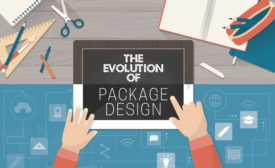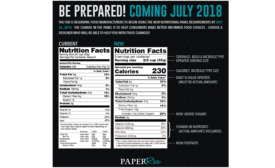Articles by Nicole Light
Before computers, creating art used for print production was referred to as the “mechanical paste-up process” and it was not only arduous, it was dangerous.
Read More
Effective Packaging Requires Two Types of Designers
Understanding the roles involved in creating the perfect package.
September 1, 2016



